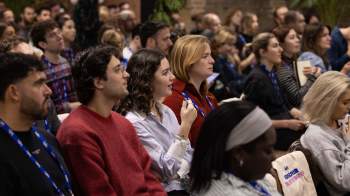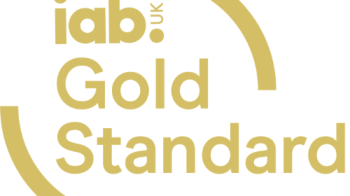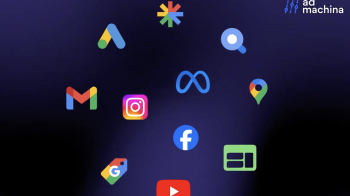Native Distribution Ad Units: A Deep Dive
The native distribution in-feed ad unit type, as identified within the IAB UK’s Content & Native Definitions Framework is a major ad type used to achieve ‘native advertising’ objectives by appearing within a publisher’s editorial feed – albeit clearly identified as advertising.
These are units found across almost all types of publisher website and digital platform and are sometimes called news-feed and even in-stream units – referring to a publisher’s form of surfacing its depth of content through teaser units.
Some types are highly automated (social feeds, news-feeds), others use high-end premium inventory such as a publisher’s main carousel or other prominent features (and can still work with programmatic principles across multiple publishers), and some use advertiser content components such as product feeds which allow for live and dynamic content (e.g. pricing, images, descriptions) to be applied in product or shopper listing areas, for instance.
Best practice
Our colleagues at IAB US created this infographic to support the industry with a guide as to what type and form of content should populate these different in-feed ad units to establish best practice and maintain the context of user experience. In other words, to ensure that the advertising message or offer ‘fits-in’ with its surrounding content, rather than standing out as inappropriate or jarring. For instance – avoiding placing a product feed object in a main carousel unit where someone may expect to find story-related content. It’s also future-proofed to accommodate the development of new and innovative native distribution in-feed ad units.
The infographic does four things:
-
Describes the different types of in-feed ad units – the container that will resize and reshape across multiple publisher sites to fit each publisher’s unique layout and dimensions.
-
Addresses the 4 different types of ad by the kind of content object contained in the ad unit. These content objects are varied but remain the constant part of the ad while the container (ad unit) will flex to fit the layout across multiple publisher sites and/or devices. By content type, we mean for example, story or product ad.
-
It includes references to the type of experience that people will get after they have clicked a link within an in-feed ad unit (read an article, watch a video, buy a product) – critical from a creative and planning perspective.
-
Describes how advertisers and their agencies may plan campaigns and their components to produce the best user experience, both pre- and post-click
As well as an ad unit fitting within the editorial flow, the experience created with ‘native advertising’ is an important component of the planning process. Marketers and agencies need to understand their creative options for in-feed advertising, particularly as more in-feed ads are served programmatically. The ultimate goal is to ensure that the ad type and the ad experience best fit within a given publisher’s environment / UX to meet the advertiser’s goals.
The three different types of in-feed ad units (the containers) are characterised as;
-
Content Feed: editorial sites, feed reader apps, and other content-focused apps designed with a news feed of articles, images, videos, or music. Ad types are primarily articles, images, or videos.
-
Product Feed: sites and apps that display product listings, service listings, or app listings. They contain product, price, reviews, and purchase information. Ads within these feeds are primarily products, services, or app installs.
-
Social Feed: include users’ posts, businesses’ posts, articles, photos, videos, and status updates. Ads on social feeds pull in social data such as friends who like the brand, followers, likes, number of views, and comments. Ad types vary across all categories.
Visible labelling
In line with the UK’s regulatory environment which is overseen by the ASA, it is a requirement that all native distribution in-feed ad units are clearly and visibly labelled so that audiences can immediately distinguish an ad as a paid placement from the surrounding editorial content.
Topics
Related content
The Role of First-Party Data in DOOH: Insights from IAB UK Members
Learn moreGovernment Communications Service endorses IAB UK’s Gold Standard as Advertiser Supporter
Learn moreAI use case study: RIU x Making Science
Learn moreAI use case study: Microsoft x St Johns ambulance
Learn more
Fast forward to 2030 with Futurescape
An in-depth exploration of the attitudes, innovations and media shifts that will shape the years ahead and redefine how we advertise by the turn of the decade



